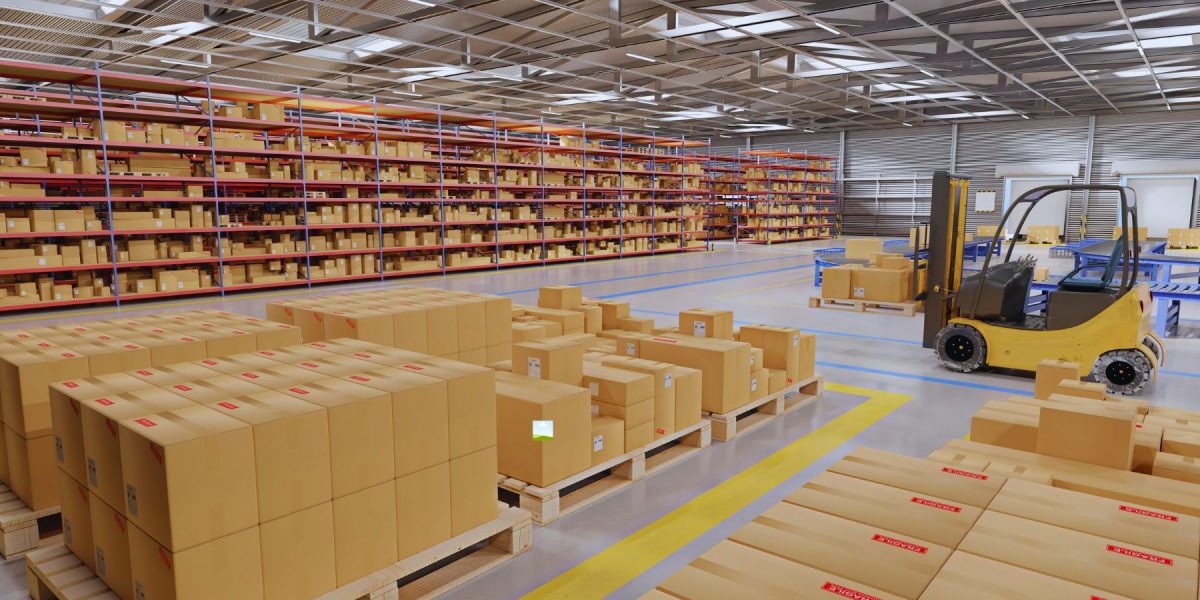Behind every perfectly ripened mango in a supermarket or life-saving vaccine at a remote clinic lies an intricate and often invisible system—cold chain logistics. It’s more than just refrigerated transport; it’s a temperature-controlled ecosystem that ensures products reach their destinations in perfect condition. From food to pharmaceuticals, flowers to chemicals, cold chain logistics keeps global trade flowing without compromising quality or safety.
Maintaining specific temperature ranges during storage and transit isn’t optional; it’s critical. A break in the cold chain can result in massive product losses, health hazards, or even national supply disruptions. The complexity of handling perishable goods across continents has led to a rise in innovative technologies such as IoT-enabled sensors, AI-driven tracking systems, and smart warehousing. These advancements are changing the game by improving visibility, reducing waste, and boosting compliance with stringent safety standards.
Expert Market Research Insight: Focus on Indonesia Cold Chain Logistics
According to Expert Market Research, the Indonesia Cold Chain Logistics industry is witnessing significant transformation driven by urbanization, e-commerce expansion, and rising consumer demand for fresh and frozen products. With a tropical climate and complex archipelagic geography, Indonesia poses unique challenges that cold chain providers are actively overcoming through technological upgrades and investment in infrastructure. Government initiatives supporting food safety and pharmaceutical integrity are further encouraging growth. Expert Market Research emphasizes that companies in this region are focusing not just on transport but also on cold storage warehousing and last-mile delivery innovations. This shift is laying the foundation for a more resilient, efficient, and future-ready cold chain ecosystem across the nation.
The Tech Revolution in Cold Chain Management
In today’s dynamic supply chain environment, real-time data is power. IoT devices monitor everything from ambient temperature and humidity to container vibration and location. Smart alerts enable operators to act instantly when any variable strays from the optimal range. Such agility wasn’t possible a decade ago, but today it’s a necessity, especially for time-sensitive goods like blood plasma, seafood, or high-end cosmetics.
AI and machine learning also play a pivotal role in predicting potential delays or failures based on traffic patterns, weather conditions, and historical data. Predictive maintenance of cold chain equipment—like refrigeration units or HVAC systems—is reducing downtimes and increasing lifespan, ensuring cost efficiency and uninterrupted operations.
Global Challenges and Innovative Adaptations
Cold chain logistics isn’t without hurdles. Energy consumption, high operational costs, and infrastructural disparities are some of the pressing concerns across regions. For instance, countries with unreliable electricity often struggle with consistent cold storage, leading to losses that affect both suppliers and consumers.
However, innovations like solar-powered cold storage units, thermal packaging solutions, and route optimization software are helping overcome these barriers. Even in rural or underdeveloped areas, cold chain companies are finding sustainable ways to extend the reach of fresh and safe deliveries. The result is not only better product quality but also reduced environmental impact, making the system more responsible and future-focused.
Regional Adaptations: Cold Chain Across the Globe
In North America and Europe, cold chain logistics is mature and tech-driven, with a strong focus on sustainability and carbon footprint reduction. The use of electric refrigerated trucks, automated cold storage facilities, and biodegradable insulation packaging is setting global standards.
In contrast, regions like Africa and parts of South Asia are still battling infrastructural limitations. Here, cold chain is often limited to essential sectors like healthcare and agriculture. In response, many companies are adopting mobile cold storage units and community-based storage hubs to bridge gaps and reduce spoilage.
Meanwhile, Southeast Asia, with its diverse terrain and climate, is rapidly catching up. From urban mega-cities to remote island chains, innovative cold chain logistics models are emerging to meet growing demand for convenience foods, online groceries, and sensitive healthcare products.
The Human Element Behind Every Cold Shipment
While technology is a cornerstone of cold chain logistics, trained professionals are equally vital. From logistics planners to refrigeration technicians and compliance auditors, people ensure every component of the cold chain functions with precision. Training programs, certification, and international guidelines like HACCP (Hazard Analysis Critical Control Points) are helping raise the quality bar across the industry.
Moreover, coordination among stakeholders—from manufacturers to transporters and end retailers—is key. A slight miscommunication can disrupt the entire chain, leading to substantial losses. That’s why integrated communication platforms and digital dashboards are now essential tools in cold chain operations.
The Road Ahead: Building Resilience and Sustainability
As global health emergencies, climate change, and food security concerns become more pressing, the demand for a reliable and sustainable cold chain is set to rise. Renewable energy-powered refrigeration, blockchain for traceability, and automation for efficiency are shaping the future. Companies will increasingly focus on green logistics, reducing emissions while improving scalability and service delivery.
In a world where freshness, safety, and speed are non-negotiable, cold chain logistics is more than a supply chain function—it’s a competitive advantage. The next time you enjoy a chilled smoothie or receive a critical vaccine dose, remember there’s a sophisticated, ever-evolving cold chain making it all possible.












